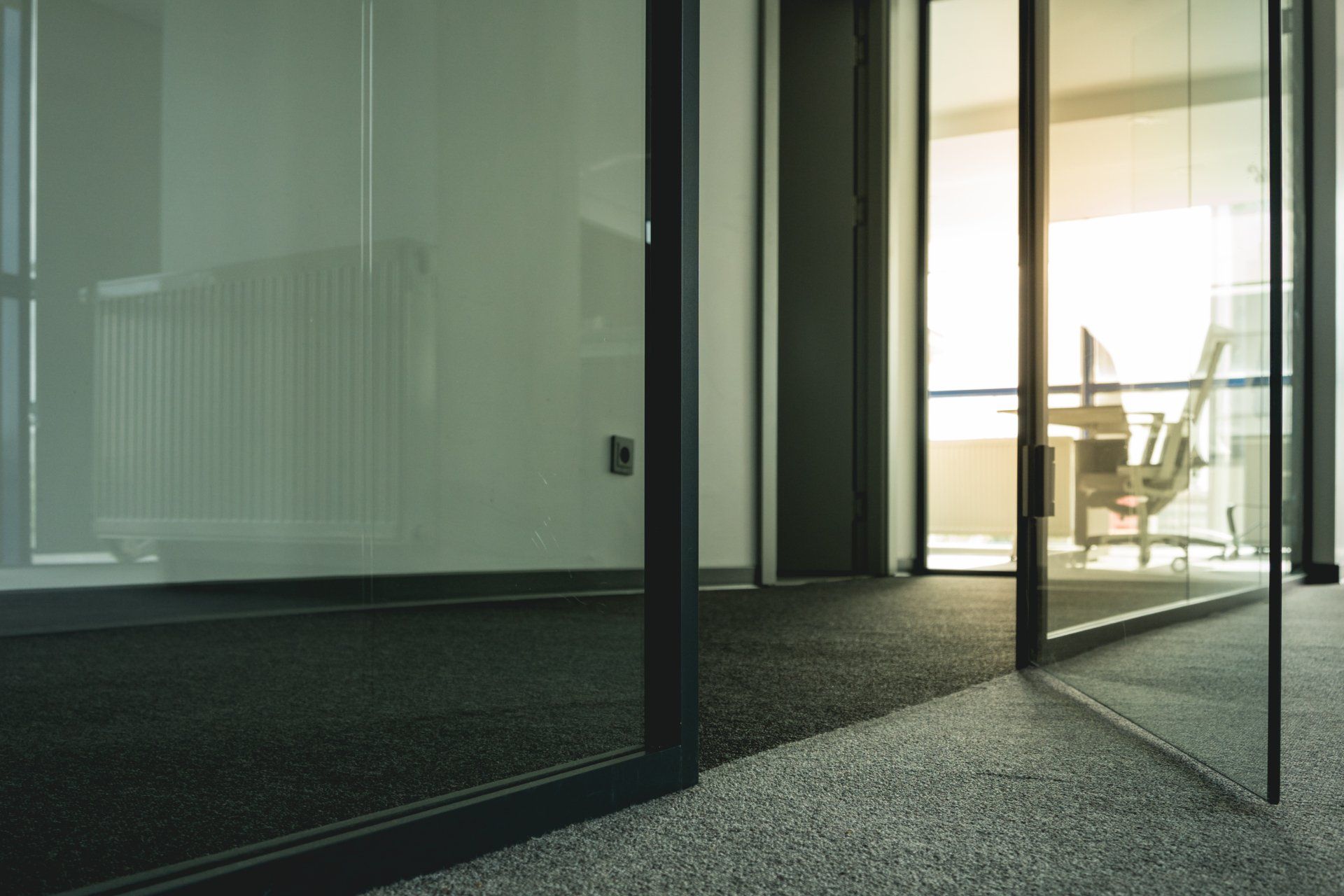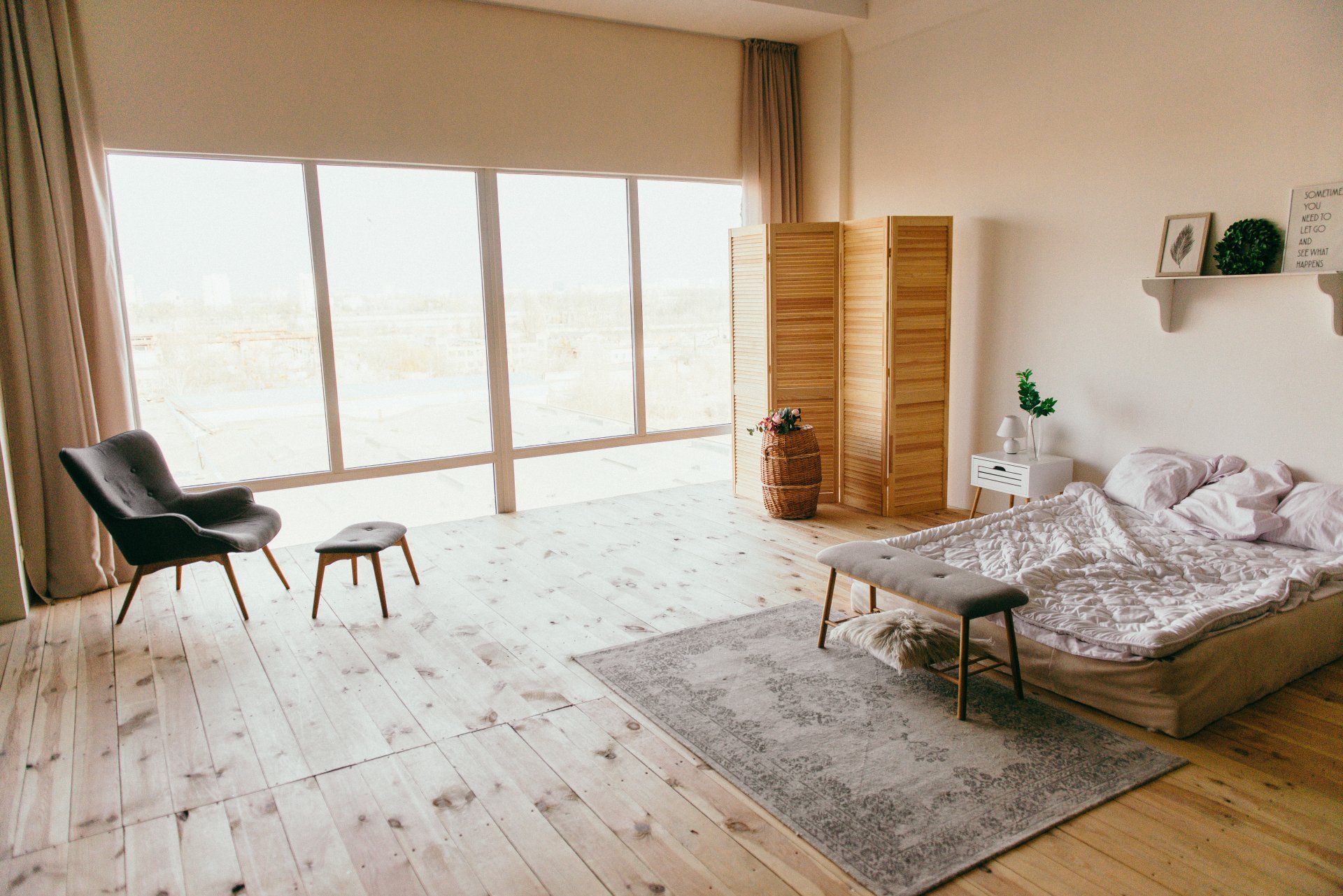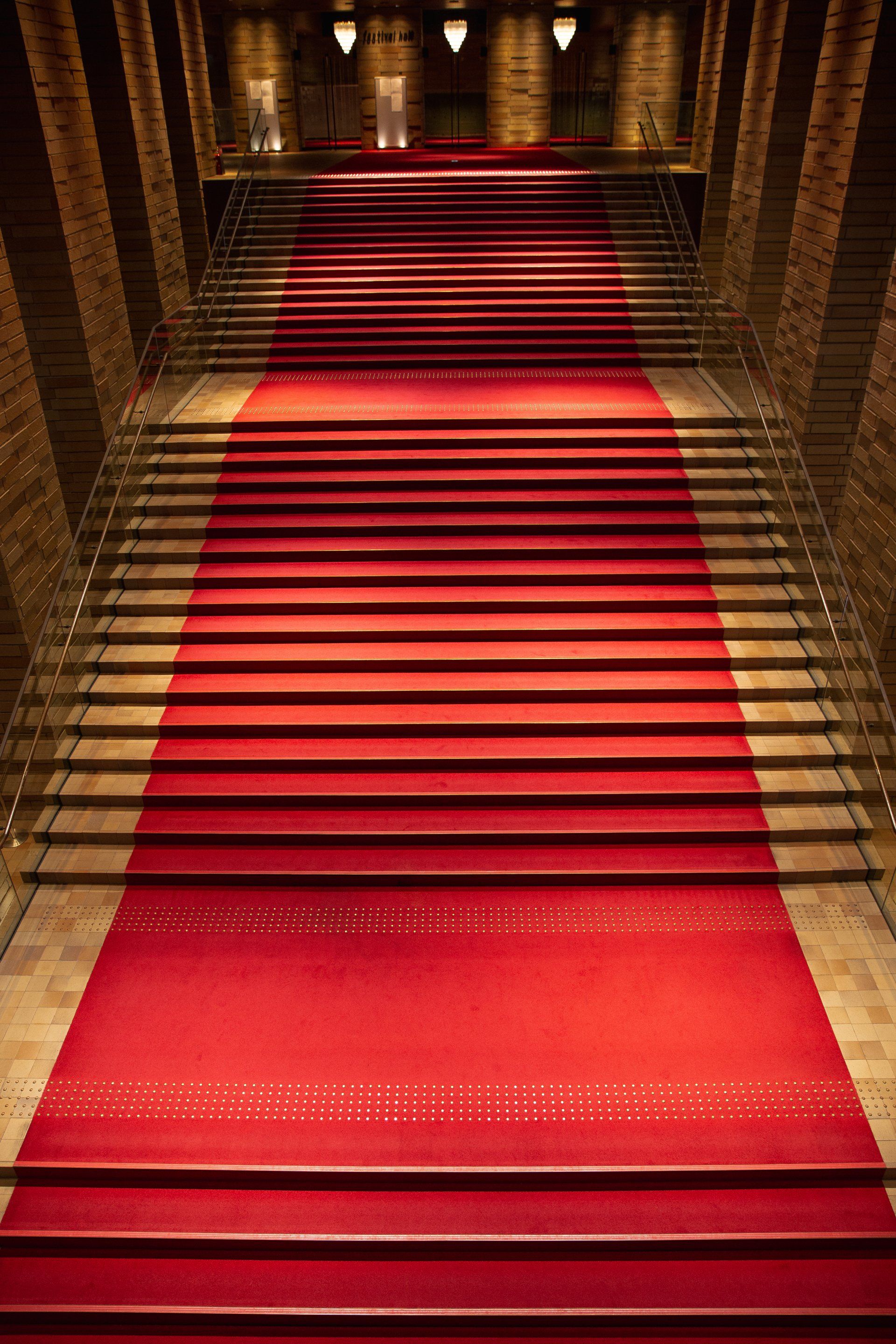Different Types of Carpets and Their Reactions to Cleaning
Different Types of Carpets and Their Reactions to Cleaning
Have you ever heard that a carpet has hundreds of designs? Here are some of the most essential information homeowners should be aware of about their carpets:
- Do you have a cut carpet or a looped one?
- What are the weight and the fabric's type?
After these differences are identified, you'll be able to have a better understanding of how you can care for and take care of your carpet. It is crucial to understand these facts prior to attempting to clean your carpet on your own to be aware of any specific treatments for your particular carpet. In this post, we'll discuss the various variables of carpeting and then go through the best methods to clean and maintain each.
There are two kinds of carpets: loop pile and cut pile. Cut pile indicates that your carpet's fibers remain free on the edges. This gives the carpet a shaggy appearance and can make carpeting feel more comfortable. Loop pile is when fibers are bent, looped, and then sewn onto the carpet's base creating a more durable carpet; however, it's not an extravagant feeling.
Cut Pile—Carpeting made of cut pile is typically used in homes for residential use. The soft, fuzzy layer cut pile creates incredibly soft padding around your house that is difficult to beat. One of the main drawbacks is that it is hard to wash. It all depends upon the quantity of shag attached to your carpet; it could make vacuuming a nightmare. The following are the various types of carpets with a cut pile:
- Textured
- Cable
- Frieze
- Saxony
Tips for Cleaning: It could consider beneficial and essential to sweep your carpet two times with the vacuum every week to make sure that dirt isn't embedded into the carpet padding. If you have pets at home, it might be worth performing this every week twice.
Loop Pile —Loop pile is more durable and hence longer-lasting than a cut pile. This is why you can see loop piles in offices or in hotels. Loop piles can be difficult to clean, depending on how tightly the loops are separated. It is essential to keep track of this to ensure you take care of the loop pile in a proper manner. The more tightly the loops are, the more often they'll require to be cleaned and vacuumed cleaned. Below are all loop piles:
- Berber
- Pattern Multi-Level Loop
- Cut and Loop
Tips for Cleaning: Loop pile carpets respond very well with steam cleaning. Due to the way that the fibers are twisting and looping, it could result in these carpets holding excessive dirt, water, and stains longer than cut piles. Steam your loop carpets cleaned at least every 6 to 12 months to ensure their integrity and last for a long time.
Fabric type: Knowing what carpet's fabric is made from will assist in the removal of the stains. Here's an overview of the most common carpeting fabrics, as well as the best ways to clean up staining.
- Nylon: Clean a rag soaked in warm water right away after noticing the stain. If the water warm does not get rid of the stain, add a drop of dishwashing soap to the warmer water mix.
- Polyester: Polyester carpeting is extremely durable because it's synthetic. Utilize the rug, warm water, and a synthetic carpet cleaner. These carpet cleaners are purchased at any grocery store in the majority of instances.
- Wool: Apply white vinegar and warm water to remove hard-to-clean staining. Make sure you blot and scrub the carpet. Wool is particularly susceptible to damage when it's scrubbed.
- Blend:
Blended carpeting may be difficult to clean. You can try using water, after which you can add dish soap or a small amount of detergent when the stain is difficult to remove.











